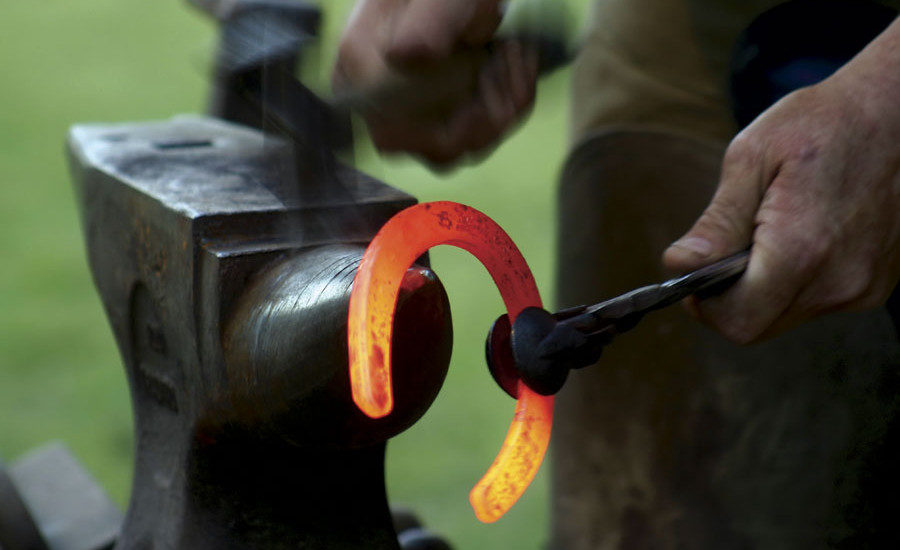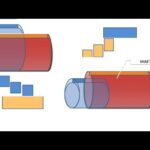Advanced automation today might have made metal processing work quick and at huge scales, but it didn’t fully replace a blacksmith’s role in the field. Blacksmiths still occupy an important and irreplaceable position. What tools do the blacksmiths use the most? We’ll learn it here.
The list of tools explained below are typically and most frequently used by blacksmiths, let’s study them one by one:
Anvil: A blacksmith uses this tool to support the job which is being hammered by him, probably during the process of hand forging. The body of an anvil is made up of mild steel and the top surface which needs to be tough and rugged is made up of a high carbon steel welded section. The protruding “beak” shaped portion becomes useful for operations that involve bending. The anvil also incorporates a square cross-sectional hole for accommodating shanks of other different tools.
Hammers: Primarily a blacksmith may prefer two types of hammers for the operations of hand forging, the smith’s hand hammer and the sledge hammer. The first kind of hammer is used by the smith for directing the hammering area, while the sledge hammer is used by his assistant or the striker for wielding the particular job work.
Chisels: A blacksmith’s chisel is completely different from the usual fitter’s chisel, rather it’s a specialized device used for nicking a particular job (metal) so that it may be broken off easily and cleanly. These chisels can be either “hot” or “cold” type depending upon the metal it’s being used to cut which may be hot or cold.
While cutting a cold metal, the chisel is set and worked at an angle of 60 degrees and at 30 degrees if the metal is hot.
Chisels are generally used in conjunction with a bottom tool also called Hardie, which is a square shaped shank capable of fitting into the square hole of an anvil.
Fullers: These are often used at the beginning of a nicking down process of a metal and the reduction process. A fuller is held at the point of the metal which is to be reduced over a hardie by the smith and wielded by the striker. Fullers come with different edge sizes depending upon the need of the blacksmith’s operations.
Swages: These devices are used for shaping and reducing metal jobs into hexagonal or round forms. Swages are made with semi-grooves of dimensions suiting the particular reduction work. They may be in separate top/bottom halves, connected through spring steel strip so that the blacksmith can use it without external assistance.
Swage Block: These are square blocks made of cast iron and may consists a multiple range of slots of different size and shapes over one of its square surfaces suiting all types of swaging work. The sides have channeled grooves also favoring swage operations. Usually a swage block is fitted at a preferable height over a stand while doing the operations.

Flatters: These are small iron tools having a square flat surface bottom (3 in. square) specifically designed for providing flat finishes to a metal job.
Punches and Drifts: These are large tapered punch like devices also called drifts used for punching or opening holes over softer iron jobs made by heating it.
Tongs: As the name refers to these devices are used for holding and clipping iron metal jobs. They may come in three different forms namely, Flat nose, Pick-up, and Hollow depending upon the type of operation.
Blacksmith’s Forge: It is a kind of furnace used by blacksmiths for heating metal jobs while forging. It’s main parts consists of:
Hood: Which forms the outer cover of the furnace,
Chimney: For discharging the fumes and smokes generated,
Tuyere: From where the fire blast is injected,
Blast Producer: Which produces the required air thrust for creating the fire blasts (usually fired by motors),
And also a few auxiliary parts like Rake: which removes slag, Slice: For collecting coal over the fire, Poker: For poking and optimizing fire strengths.


